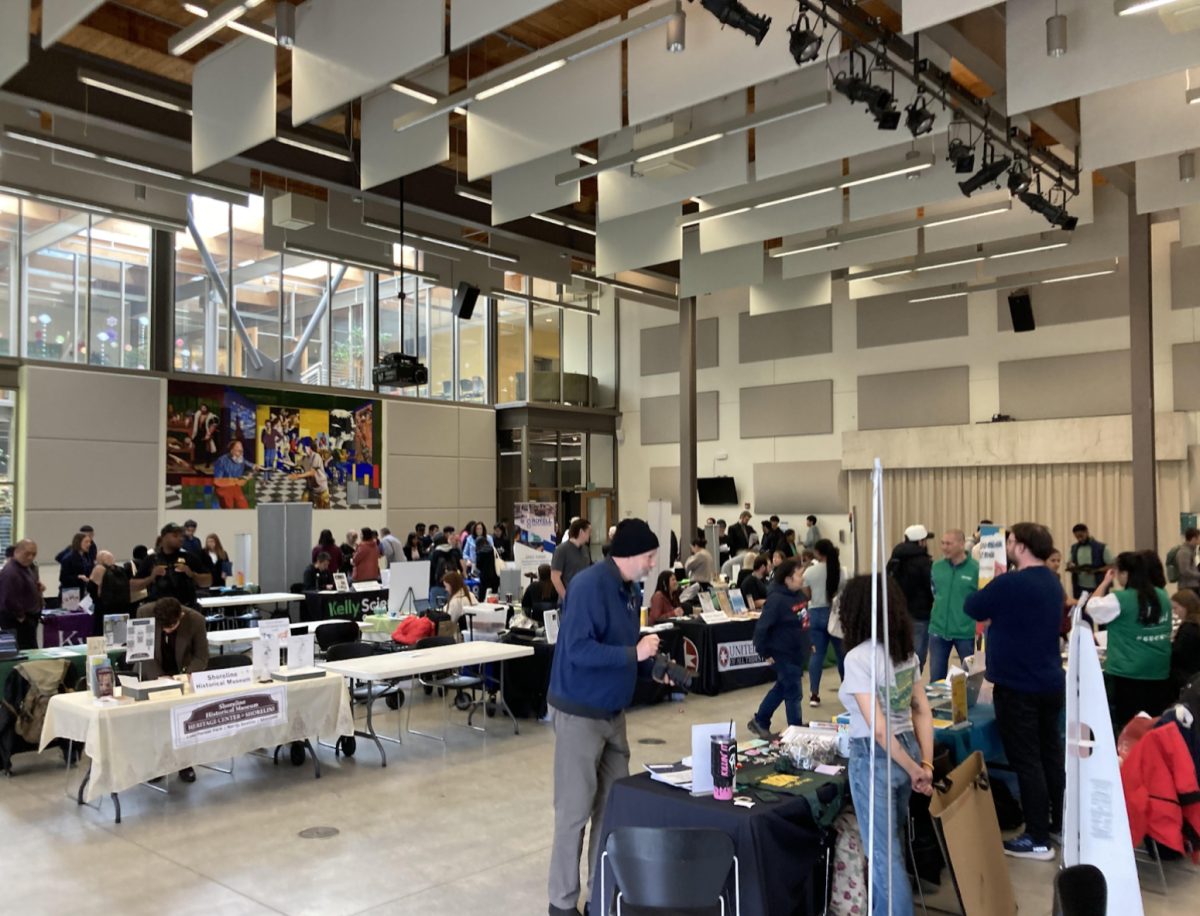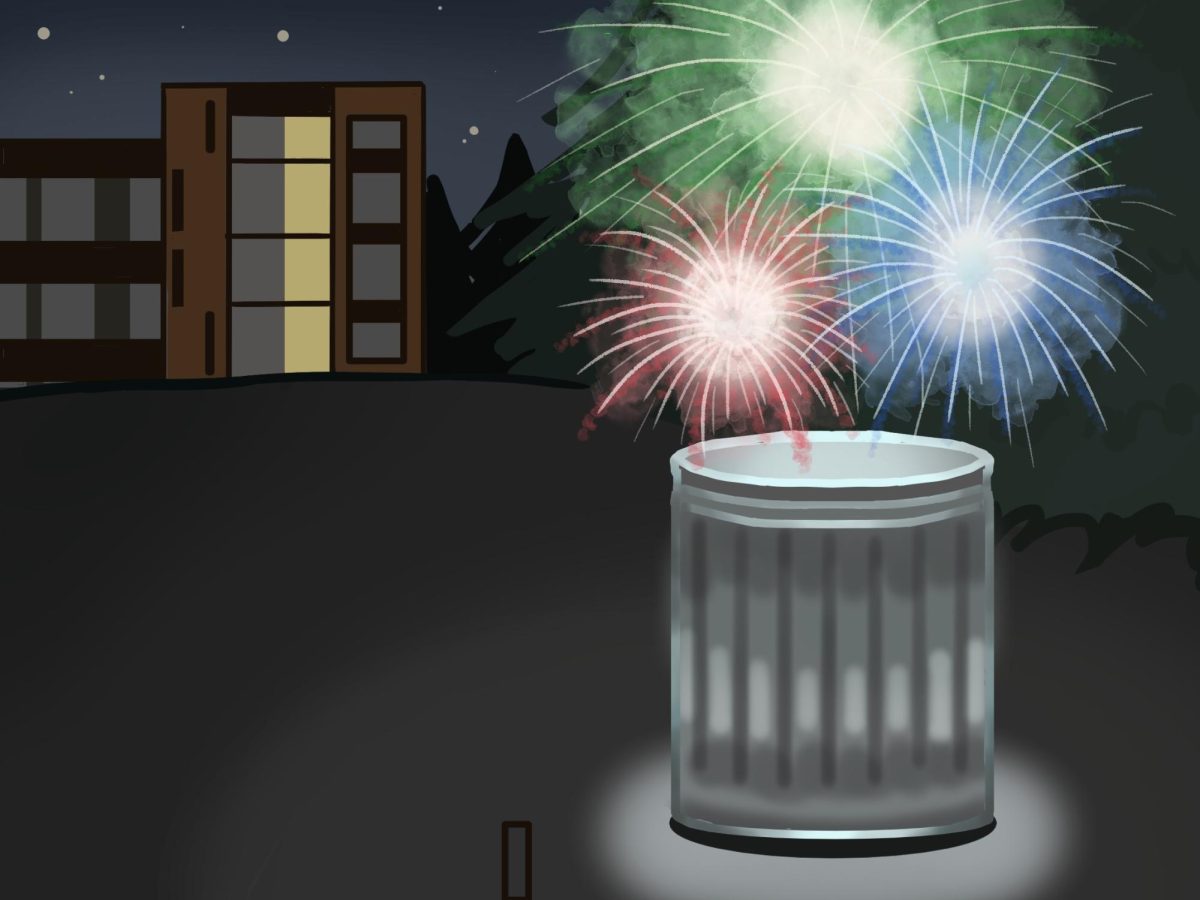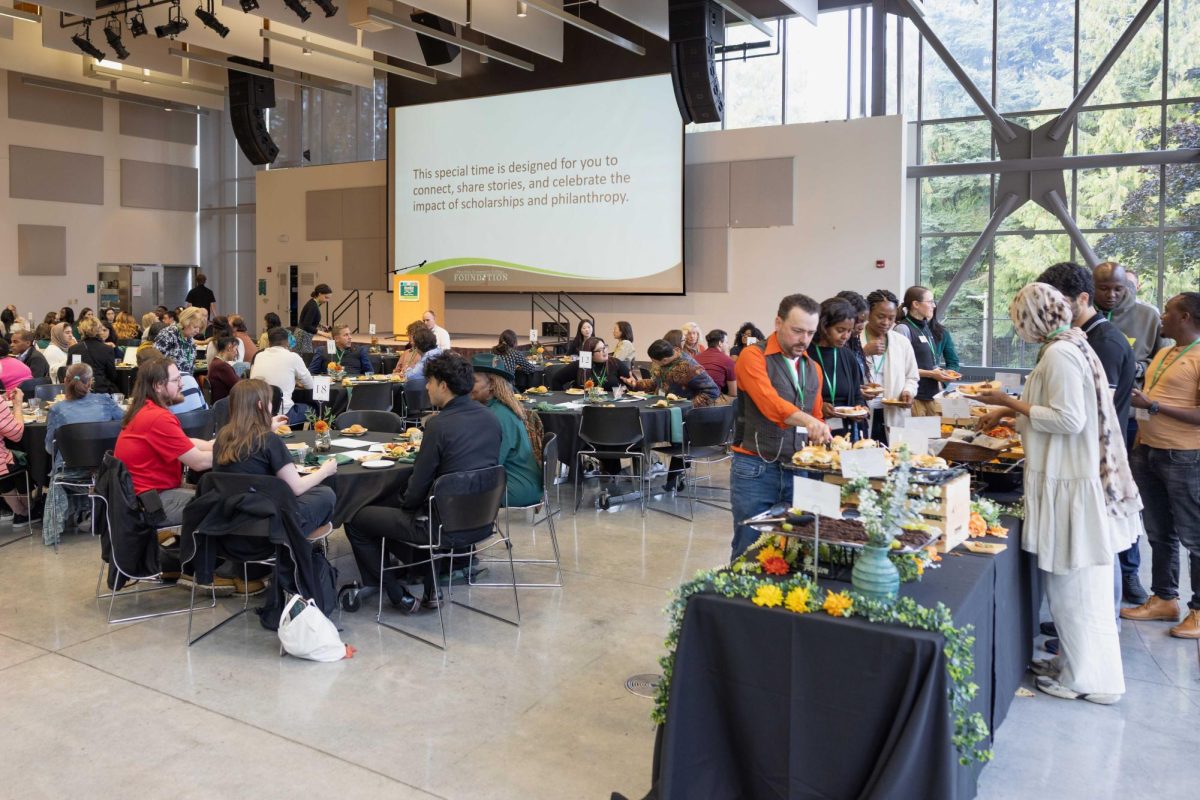EXPERTS TALK ETHICAL FASHION
In an increasingly environmentally-conscious world, what more can be done to help the planet? It just so happens that one of the answers can be found inside your own closet.
Today, it feels as though the fashion industry favors quantity over quality. This decline of standards of affordable clothing in the U.S., however, is nothing new.
According to an article written by Stephanie Vatz for San Francisco-based radio station kqed.org, a major shift in overseas clothing production began in the 1970s, both in Asian and Latin American countries.
“These operations offered incredibly cheap labor and raw materials,” Vatz wrote. “As well as the capacity to quickly manufacture huge orders.”
On May 9, Seattle’s Museum of History and Industry (MOHAI) hosted an event entitled “Ethical Fashion: Rethinking the Future of an Industry” dedicated to discussing the role clothing plays in environmental sustainability.
Leonard Garfield, Executive Director of MOHAI, introduced the event as one that was intended to deepen the themes of the museum’s current exhibit, “Seattle Style: Fashion/Function.”
The event was moderated by local fashion publicist Sydney Mintle, who was joined by panelists Davora Linder, Kamal Patel and Stacy Flynn.
Know Your Clothing
Davora Lindner, co-founder of Seattle-based clothing company Prairie Underground, said that there is often an “unfortunate disconnect” that occurs between buying a garment and realizing the environmental impact that it has.
Lindner suggested learning how to take care of the clothing you own, particularly by paying attention to its tags. This way, you can form a ritual of washing your clothes, hanging them up and even changing into something else when you get home — a process which can significantly increase the longevity of your garments.
Additionally, she encouraged people to take their measurements to find out exactly which clothing will fit them best.
A Circular Economy
Kamal Patel is a digital product designer based in Seattle. During his time in the Manhattan garment district, he was able to experience firsthand the ins and outs of the fast fashion industry.
Fast Fashion: a term used to describe affordable garments intended only to satisfy current trends.

He later went on to work in print design, a lot of which he said was wasteful. According to Patel, he was “actually designing garbage for a living.”
Patel emphasized the importance of a “circular economy,” which he defines as “a framework of design principles around an industrial system,” or, in other words, the means by which to avoid throwing clothing out.
A graphic on the projection screen above the panelists portrayed visual metaphors for different clothing economies: On the right, “linear economy” featured an arrow pointing directly down at a full trash can; next to it was “recycling economy,” showing the same arrow with a couple of knots in it pointing to a partially-full trash can.
Finally, on the right, there was “circular economy” — with an arrow that spiraled seemingly infinitely around itself and avoided the trash can entirely, hence acting as a metaphor for the solution which would produce little to no clothing waste.
Patel compared fast fashion to fast food, and emphasized that it is crucial to break the stigma against purchasing used clothing.
New Process for an Old Industry
Stacy Flynn is the CEO of Evrnu (pronounced “ever new”), a company dedicated to creating new, eco-friendly clothing out of the old.
With a mantra of building clothing “designed to come back again, and again, and again,” Evrnu liquifies used garments by reworking them on a molecular level to create sustainable fibers for use in new apparel.
Flynn referred to ethical fashion as “one of the greatest design challenges in our century” and raised the question: If one person can do unintentional damage through their clothing habits, what can that same person do to turn it around?
She defined ethical fashion as “what you actually wear,” saying that if something gets worn over and over, it is a good purchase.
When textiles are thrown away, Flynn explained, virtually all of them end up in either landfills or incinerators — a step which she said Evrnu intends to intercept before it happens.
The End of Fast Fashion
So, how much longer will fast fashion stores like Forever 21 be around? According to Flynn, it’s hard to say.
“I think that they are going to have some serious challenges to their business model,” she said, “but if their management adjusts and adapts to that, they could be around forever.”
Flynn described that, at the end of the day, they’re a business. “They’re obviously servicing someone, or they wouldn’t do it,” she said of fast fashion outlets. “That’s the bigger thing we need to look at: What are the needs of the consumer? How are we actually addressing those needs?”
Flynn said that there are only 25 generic fibers on the planet and that 90 percent of all clothing is made from either polyester or cotton.
“There are healthy ways to make both fibers, and then there are ways that are probably not as good,” she said. “How we take these materials and break them down and re-use them is really where the opportunity comes in.”
Flynn added that she doesn’t think unsustainable clothing is anybody’s fault, but that the systems are getting so big that it’s becoming evident to us. “Necessity is the greatest mother of invention,” she said. “You don’t really know it’s a problem until it becomes visible.”
What You Can Do
There are a number of ways you can begin making eco-friendly changes to your wardrobe today:
1. Think Before You Buy
Ask yourself if you truly want to purchase the clothing item you are about to buy. Consider other necessities you could purchase with that same amount, and don’t forget all that you have at home. Go with your gut instinct, and if you have any doubts, put it back on the shelf. As Flynn so precisely put it: “Wear what you buy, and if you buy something, love it.”
2. Watch Out for the Signs
Develop a keen eye while out shopping, especially if a fabric appears overly synthetic. Is that polyester top unnaturally stretchy? Does that faux leather feel a little too faux? If so, pass on the item. Flynn had advice on this, too, relating to the garment’s scent: “Smell it,” she said. “If it smells off to you, I would avoid it.” In this case, be especially wary of chemical or plastic overtones.
3. Thrift Stores
Instead of buying new, mass-produced clothing, invest in secondhand clothing — or even vintage pieces. Vintage clothing from the 1970s and prior can be found for reasonable prices if found in the right places; this way, you will have gained a piece from the golden age of handcrafted garments, not to mention ownership of a look that is now uniquely yours.
4. Give Back
Done with your clothes? Don’t throw them away — resell, donate, or give them to a friend. Utilize donation services like “Thread Cycle” and “Rid Well,” the latter of which utilizes bags for pickup directly from your house. By doing this, you will be directly avoiding the larger issue: The fate of discarded clothing ending up in landfills.
To learn more about sustainable clothing, visit fashionrevolution.org














